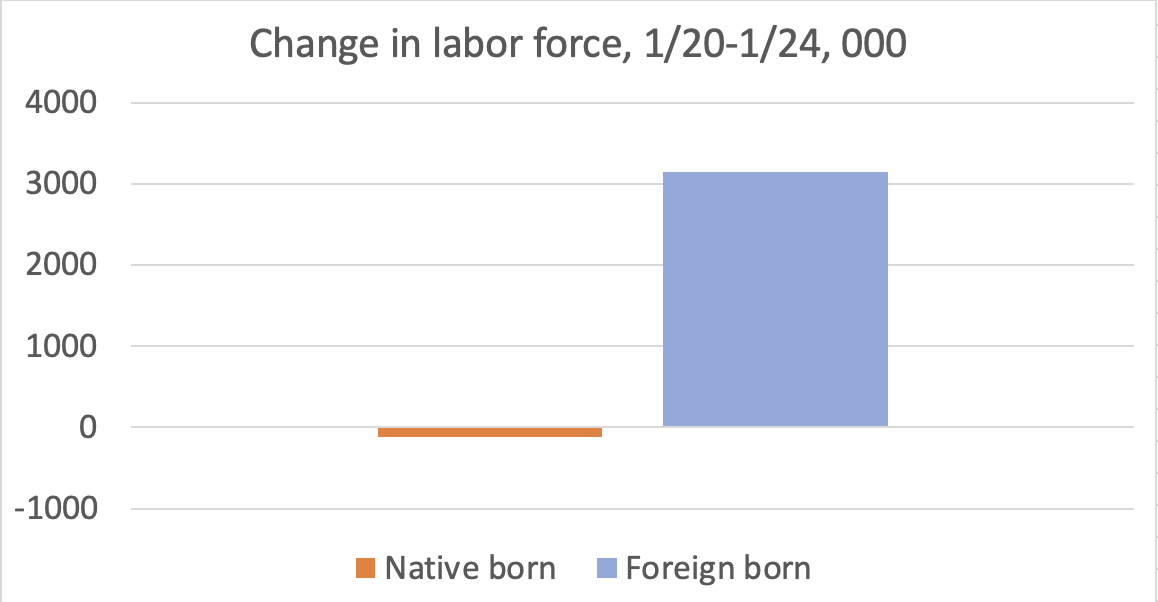There have been a number of recent opinion pieces about minor Dem contenders, which is in a way odd. This field has been winnowing pretty strongly; Nate Silver's take looks about right 1/ fivethirtyeight.com/features/where… 

Since the nominee is highly likely to be Biden, Warren, Harris, or maybe, just maybe, Sanders, why spend much time on Yang or Williamson? I guess the answer is that these not-gonna-happen candidates embody something the writer wants 2/
But in addition to being unserious contenders, they're wrong about their signature issues. Yang is all about robots taking our jobs -- but he's kind of a typical tech person who imagines he knows econ. Productivity growth is slowing, not speeding up. 3/ nytimes.com/2019/03/14/opi…
Williamson is all about moral values and spirituality -- but the social collapse of the eastern heartland, paralleling inner city problems of the past, shows that economic opportunity is the key to family values, not vice versa 4/ nytimes.com/2019/07/29/opi…
In fact, one encouraging thing about the Dem primary is that the top contenders actually are talking about the real issues while the style-over-substance candidates are getting nowhere. This is what a serious party looks like 5/
• • •
Missing some Tweet in this thread? You can try to
force a refresh













